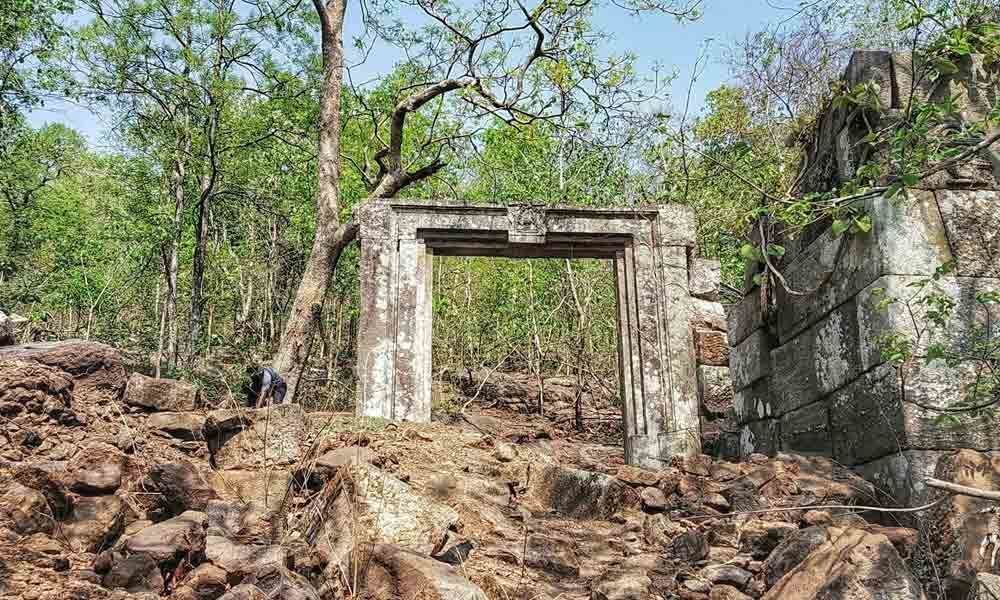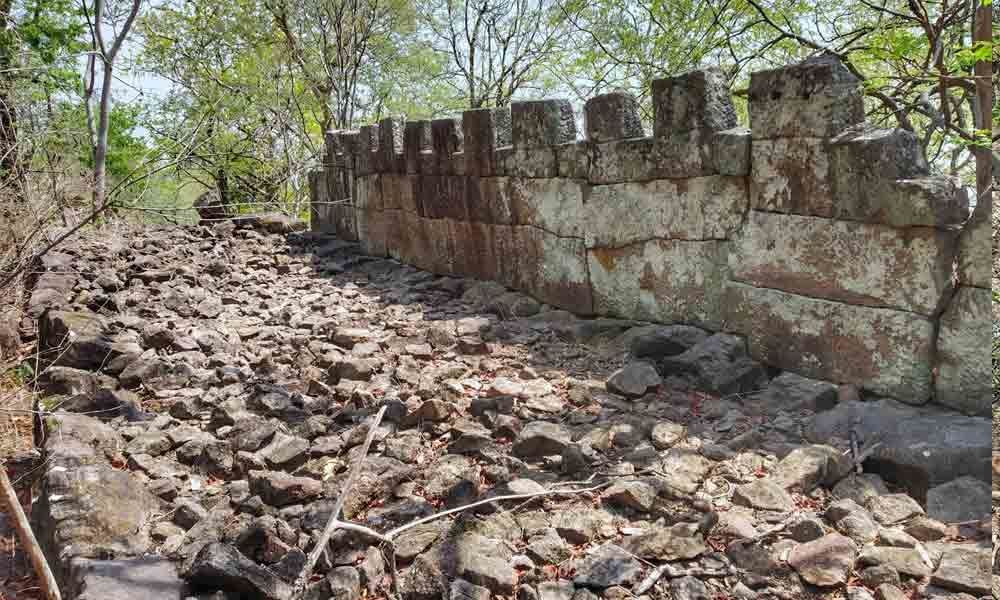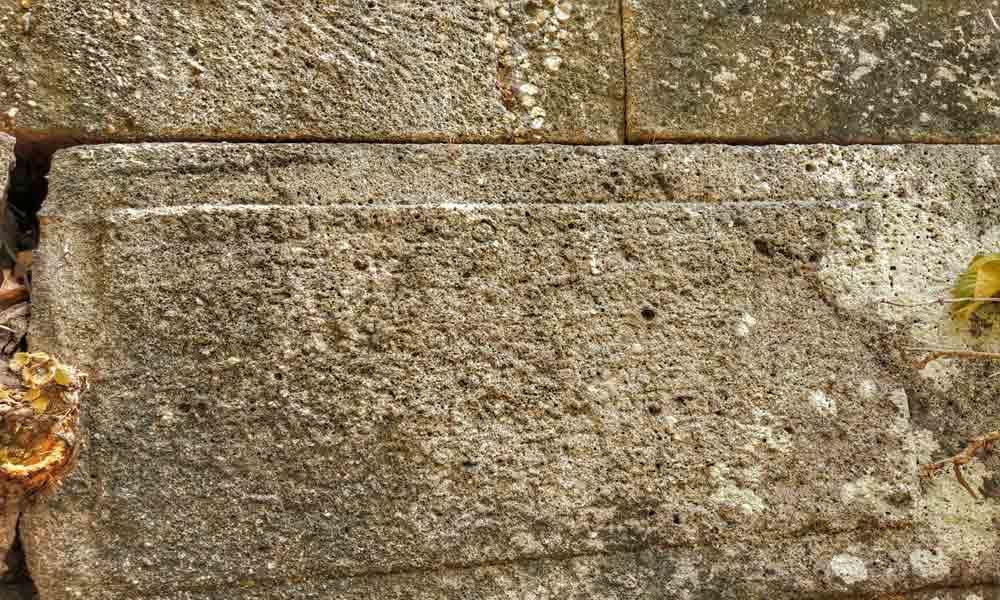An impregnable fort amid dense forest in Bhupalpally
Kakatiya dynasty that lasted three centuries has left an indelible impression of culture and tradition, over and above embodying the art of warfare.
Bhupalpally: Kakatiya dynasty that lasted three centuries has left an indelible impression of culture and tradition, over and above embodying the art of warfare.
The ramparts of Pratapagiri hill fort nestled in the impenetrable jungle 240 kilometres northeast of Hyderabad is one such a fortification aimed at foiling enemies' invasions especially the Muslim armies on Kakatiya capital, Warangal.
Afar and tough to reach even today, the Pratapagiri fort, believed to have built by Kakatiya king Prola Raju-I, located on a hillock locally known as Pedda Gutta, is said to be the first line of defence before the invading forces make any surge onto the terrain.
The fort is strategically located to keep a round-the-clock surveillance of enemies invading from the north India. The hill fort offered a superb view of enemies crossing the River Godavari, which is 3 kilometres, so that they could plan an attack.
The 8-kilometre four-layered stone wall fortification built around the fort offered an impregnable defence for the Kakatiya kings.
The ramparts were ideal for the movement of cavalry guarding the fort. The planning of the fort was such that it used low-lying areas as natural water storage tanks, in addition to the wells. Inside the fort, there are remnants of a temple.
The fort has a tunnel, an escape route used by the kings in case of emergency in those days. The exit of the tunnel, which was filled with vegetation and silt, is only seen these days. The locals believe that the Kakatiya kings hid treasure in the tunnel fearing invasions from Delhi Sultanate – Alauddin Khalji.
The undated six-line inscription available on the fort wall tells that the fort was constructed by Muchanayanimgaru, also known as Muppa Nayakudu, believed to be the lieutenant of Prola Raja-I, according to noted epigraphist and Kotha Telangana Charitra Brundam (KTCB) member S Ramoju Haragopal. Aravind Arya Pakide, Warangal-based history buff and tourism consultant, told The Hans India: "Although certain historical links have to established, the hill fort belongs to the times of early Kakatiya dynasty. Since Prataparudra, the last king of Kakatiya dynasty, who faced the might of Delhi Sultanate, used the fort frequently; it acquired the name of Pratapagiri fort."
The fortification strategies of Kakatiyas, who sagely used forests, hillocks and river banks, indicate the kind of warfare they adopted, he said. The Gonthemmagutta (hillock), which is three kilometres away from Pratapagiri fort, also has 1.5 kilometre fortification wall. It's easy to scale and deal for adventure sports, Aravind said.




